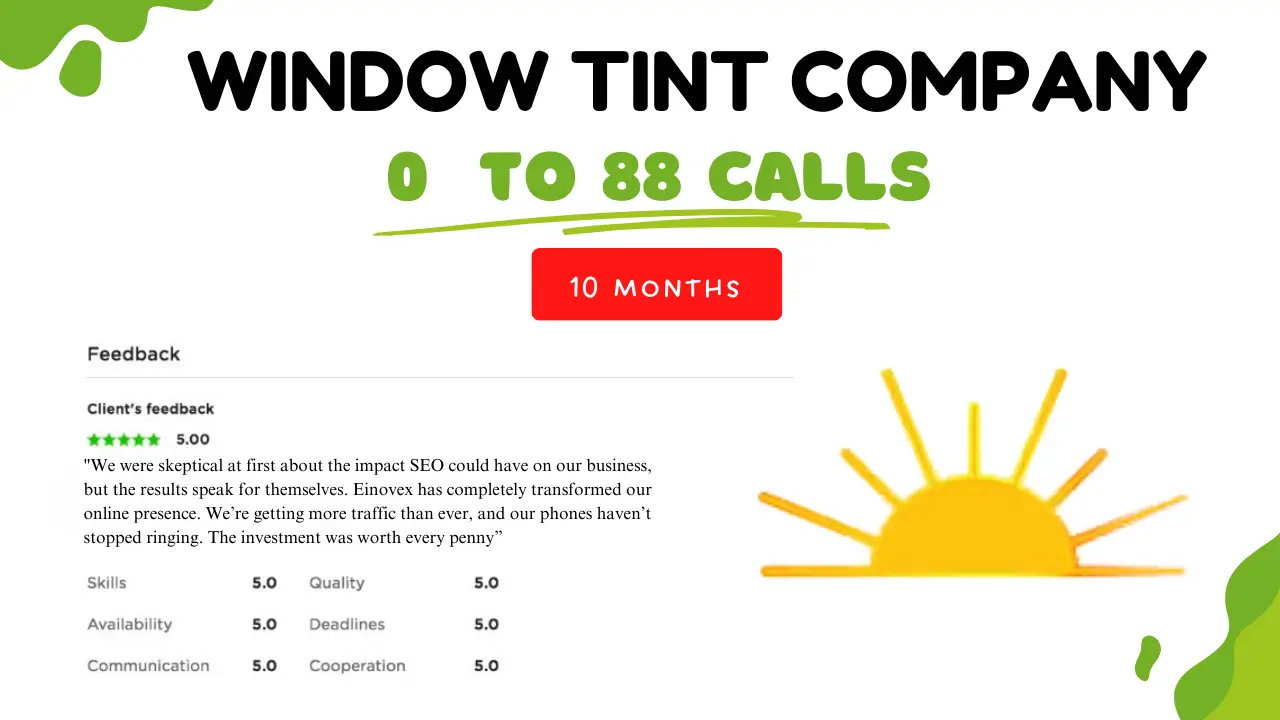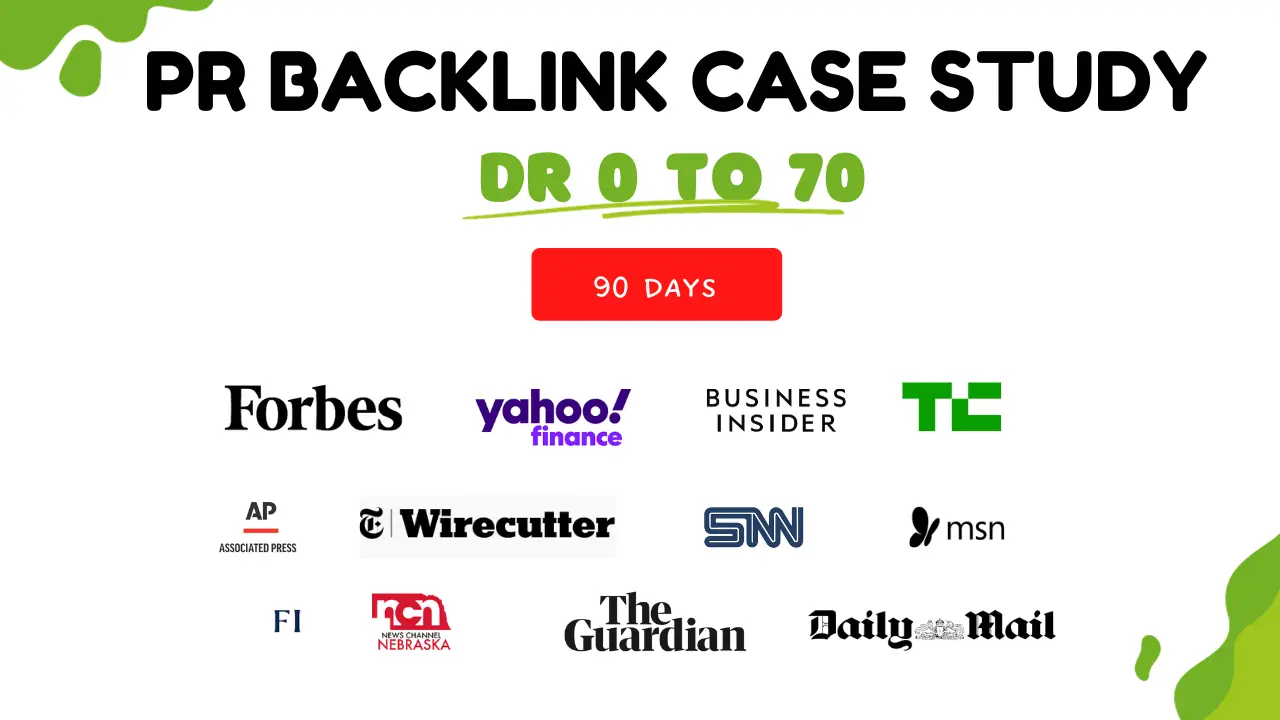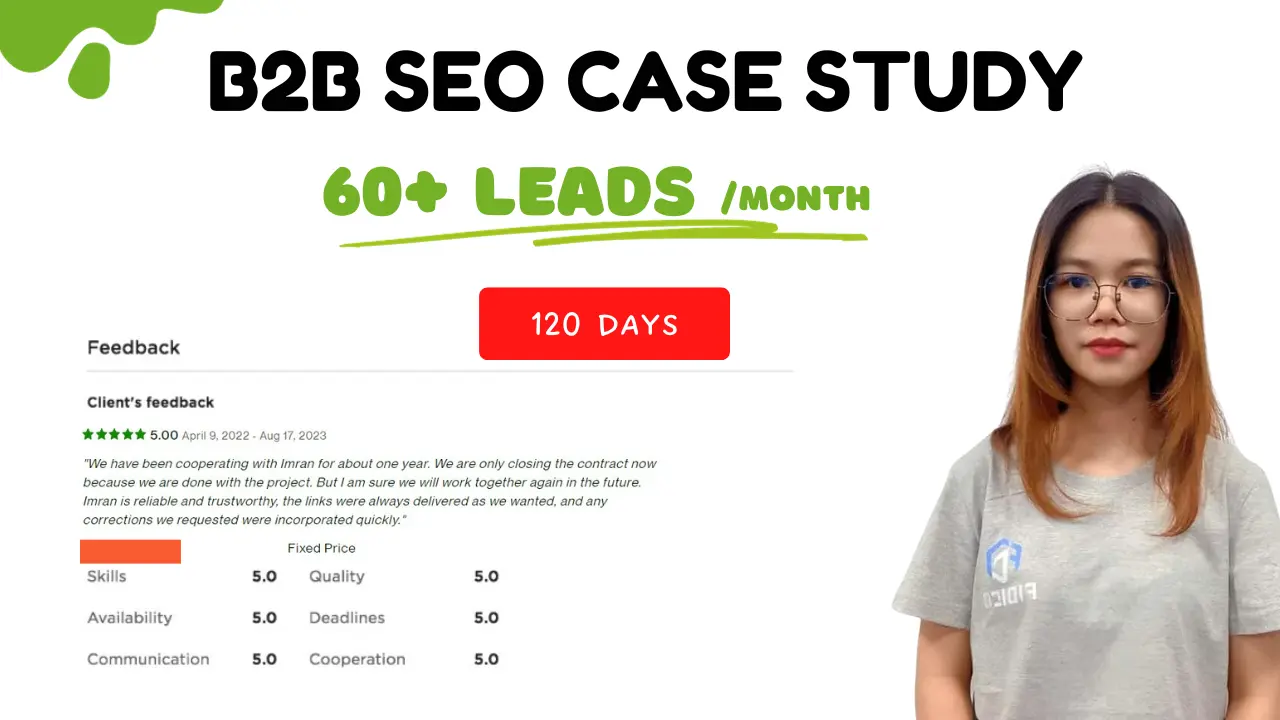What is Compound SEO - (2 Real-Life Example)

Compound SEO, also known as cumulative SEO, is an advanced approach to search engine optimization that focuses on building long-term, sustainable growth in organic search traffic. While traditional SEO primarily focuses on optimizing website content for search engines, compound SEO aims to improve the overall online presence of a business through multiple channels.
The foundational concept of compound SEO is to create a strong and diversified SEO strategy that combines various techniques, such as on-page optimization, off-page optimization, technical SEO, and content marketing, in order to deliver a more comprehensive and effective result.
Instead of relying on a single tactic or short-term gains, compound SEO emphasizes a steady accumulation of improvements and quality content that will generate increase visibility and higher search engine rankings over time.
This approach ensures that your website’s SEO performance will continue to improve your search engine position and compound over the long term, providing lasting benefits and a higher return on investment.
Difference between compound seo & normal seo
Compound SEO and normal SEO are often used interchangeably, but there is a subtle difference between the two. While both strategies aim to improve a website’s search engine rankings and visibility, the focus and approach differ:
| Aspect | Compound SEO | Normal SEO |
|---|---|---|
| Focus | Emphasizes a holistic approach, including on-page, off-page, technical SEO, content marketing, and other digital marketing tactics. | Focus on individual SEO practices like on-page or off-page optimization, without necessarily integrating them into a broader strategy. |
| Long-term results | Aims to achieve sustainable, long-term growth in search engine rankings and online presence. | May focus on short-term wins, which could lose effectiveness over time as search engine algorithms change. |
| Strategy | Develops a comprehensive plan that combines various optimization techniques to maximize the overall impact on search engine performance. | Limited or isolated strategies that may not fully consider the interdependence of different SEO aspects. |
| Flexibility | Adapts to the ever-changing landscape of search engine algorithms by continually updating and refining the strategy. | May not be as adaptable to changes in search engine algorithms, leading to diminishing returns over time. |
How can compound SEO benefit a business or website?
Compound SEO offers several advantages over traditional, single-tactic SEO approaches, which can lead to more significant and lasting benefits for a business or website. These advantages include:
1. Resilience to algorithm updates
Compound SEO’s comprehensive and diverse approach helps your website remain optimized even when search engine algorithms change. This adaptability ensures long-term stability and consistent growth in organic search rankings.
2. Improved user experience
By focusing on various aspects of SEO, including technical, on-page, and off-page optimization, compound SEO enhances the overall user experience on your website. Better user experience can lead to higher engagement, lower bounce rates, and increased conversions.
3. Deeper content strategy
Compound SEO emphasizes the importance of quality content and its role in attracting and retaining users. By developing a more in-depth content strategy, your website’s blog will be better equipped to meet users’ needs and provide relevant, valuable information that keeps them coming back.
4. Better ROI
A well-executed compound SEO strategy can generate higher returns on investment compared to traditional SEO methods, primarily due to its focus on long-term, sustainable growth rather than short-term gains.
5. Reduced risk
By employing a diversified approach, compound SEO reduces the risk of relying on a single tactic that may become less effective or outdated over time. This balanced approach helps protect your website’s SEO performance and growth prospects.
6. Greater integration with other marketing channels
Compound SEO can complement and enhance other digital marketing efforts, such as social media, email marketing, and paid advertising, creating a more cohesive and effective online presence for your business.
How to measure the success of a compound SEO approach?
To measure the success of a compound SEO approach, you should track various key performance indicators (KPIs) and metrics over time. Here are some important metrics to consider:
- Organic Traffic: Monitor the amount of organic traffic coming to your website from search engines. An increase in organic traffic indicates that your SEO efforts are successful.
- Keyword Rankings: Track the rankings of your target keywords on search engine results pages (SERPs). Improvements in keyword rankings are an indication that your SEO strategy is effective.
- Click-Through Rate (CTR): Analyze the CTR of your website’s listings on SERPs. A higher CTR means users find your content more relevant and engaging, which can result from successful SEO.
- Conversion Rate: Evaluate the percentage of website visitors who complete a desired action (, make a purchase, sign up for a newsletter). A higher conversion rate suggests that your SEO strategy is driving the right audience to your website.
- Bounce Rate: Monitor the percentage of visitors who leave your website after viewing only one page. A lower bounce rate can signify that your content is relevant and engaging, keeping users on your site longer.
- Backlinks: Assess the number and quality of backlinks pointing to your website, as they are an important factor in search engine rankings. An increase in high-quality backlinks can be a sign of a successful SEO strategy.
- Domain Authority (DA): Measure your website’s overall authority and credibility, as determined by factors such as backlinks, content quality, and social signals. An increase in DA can indicate the effectiveness of your compound SEO approach.
- Social Media Engagement: Monitor likes, shares, comments, and other engagement metrics on your social media channels. Increased social media engagement can contribute to improved search rankings and higher brand awareness.
2 real life example of successful “Compound SEO” strategies
Emil Shour @ Snack Nation
Let me tell you an amazing story about Emil Shour, who made a huge impact at SnackNation, a healthy snack delivery service.
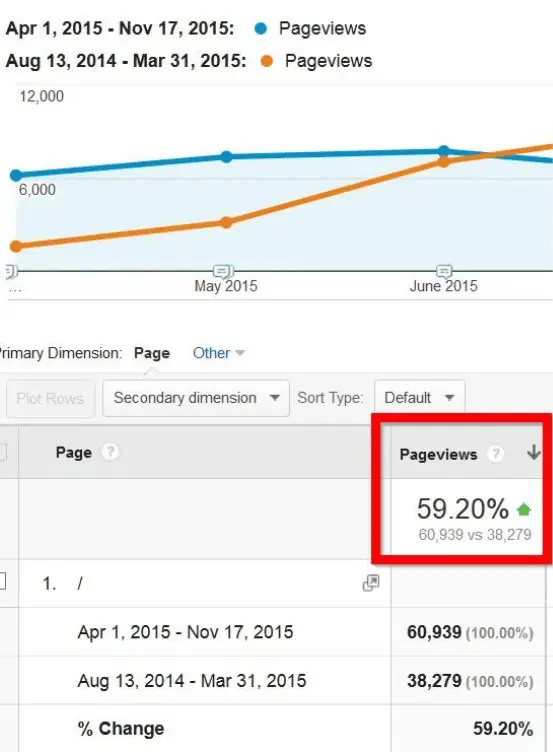
On his first day, he was tasked with getting backlinks, and within no time, the homepage traffic jumped by 59%.
Can you believe that?
His SEO skills boosted the revenue to a whopping $100K per month!
Now, I personally think his success comes from the skyscraper technique he used. Emil realized the importance of broader keywords like “employee wellness” instead of just focusing on low volume ones.
Smart move, right?
He leveraged tools like SEMRush, Metaglossary, FAQ Fox, and Udemy to find popular search terms, such as weight loss and simple diet tricks.
But the real magic came when Emil applied the skyscraper technique. He analyzed top-ranking blog posts, identified their flaws, and then created an even better structure for his blog post to outrank them.
For instance, he noticed that the #1 blog post on “employee wellness program” had PDFs, which can be a hassle to read, and lacked engaging images. So, he crafted a superior blog post that eventually ranked #1 in 2015 and still ranks #2 in 2019, generating significant traffic.
Isn’t that impressive?
Michael Karp @ UAV Coach
Have you ever wondered if a single post could result in an astounding 11,065% increase in traffic within six months?
It sounds almost too good to be true, right?
Well, let me tell you about Michael Karp, who made it happen.
Michael, an author and content marketing strategist, focused on outperforming big players like Mashable in the drone niche by implementing an effective B2B content marketing strategy.
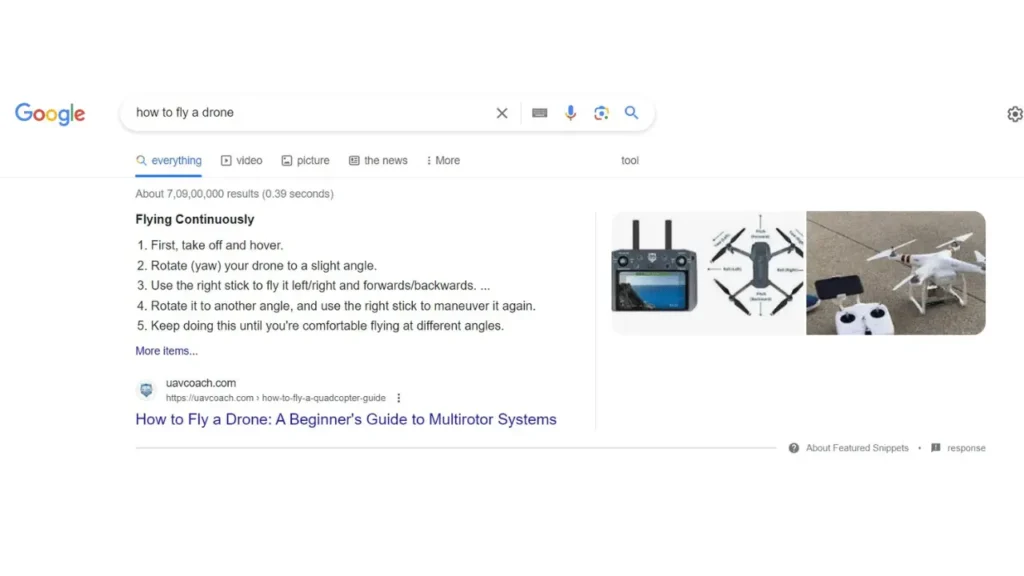
But I know what you’re thinking – how did he achieve this?
His 6-step strategy is honestly quite impressive:
- Keyword Research and Competitor Analysis: He began by discovering relevant primary and secondary keywords and examining his competitors’ tactics.
- Content Creation: He wrote a well-researched, in-depth article filled with practical tips, focusing on offering value to readers.
- On-Page Optimization: Michael ensured that his post addressed Google’s three main queries, guaranteeing optimal on-page optimization.
- List Building: Instead of link building, Michael concentrated on compiling a list of individuals interested in drone technology, ultimately targeting potential customers.
- Content Promotion: He leveraged various platforms, such as social media, forums, and content curation websites, to promote his post.
- Unique Link Building Tactics: Michael employed innovative strategies to acquire backlinks and improve search rankings, further amplifying his post’s success.
And guess what?
When I search for “how to fly a drone” now, UAV Coach’s article still ranks first with the snippet.
He crafted this high-quality, 3500-word guide, which ended up ranking #1 on Google and attracting 21.4% of the site’s total traffic. It just goes to show that with the right strategy and determination, even a single post can work wonders for your website’s traffic and conversions.
Final Thought
Compound SEO offers a more holistic approach to optimizing a business or website for search engines, with the potential for greater adaptability to changing algorithms, enhanced user experience, deeper content strategy, and better return on investment.
This approach minimizes risks and promotes sustainable, long-term growth in organic search traffic, making it a superior alternative to traditional, single-tactic SEO methods.

